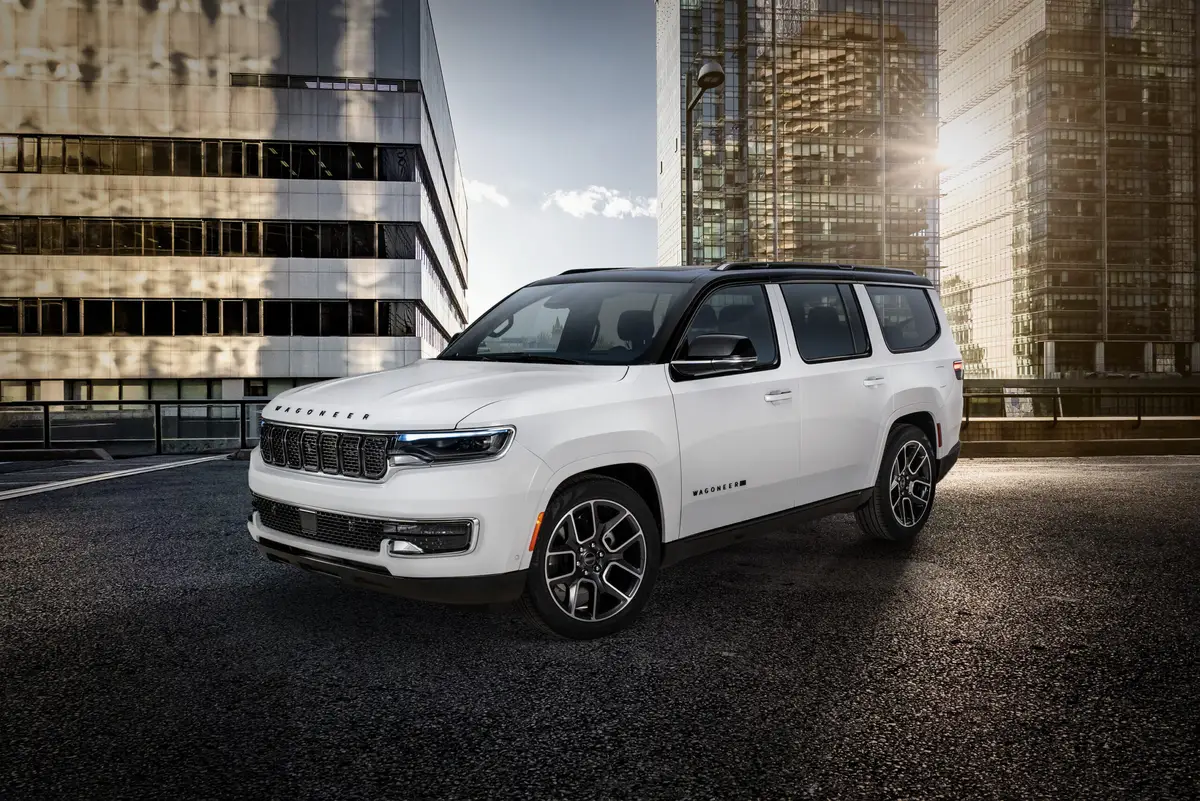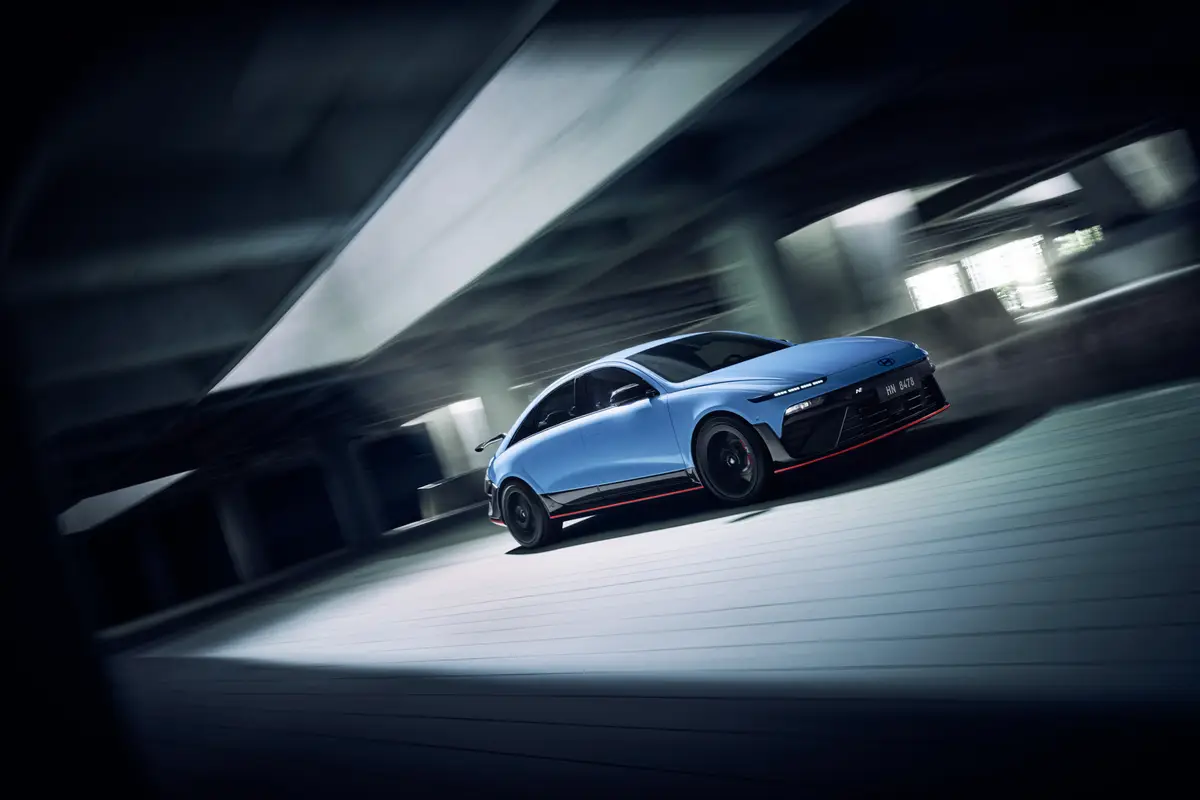washingtonpost.com's view
The 1999 Mazda Protege is a cheap thrill well done. It proves that the trickle-down theory works. But it won’t do much to boost sales of small cars in the United States.
That means Mazda will do with the new Protege what it did with its predecessor — load it up with rebates. You want a 1998 model? It’s yours with rebates from $750 to $2,250, or with 0.9 percent to 12.9 percent financing, depending on your credit standing.
That is the reality of selling most small cars in America today. And it matters not that the new Protege is substantially better than its former self, in terms of both styling and performance.
Nobody will beat down the doors to own a fuel-efficient Protege — or a Chevrolet Cavalier, Ford Escort or Hyundai, for that matter. There’s no strong demand for small cars in a market where a gallon of regular unleaded gasoline sells for a dollar or less.
No demand means slow sales, and slow sales mean rebates.
But even low selling prices won’t do the trick. Why? The tested 1999 Protege ES stickers at $15,475 brand new. That’s a decent price, considering that the new car is larger, has more pep and comes with more amenities than its predecessor.
But a look at the National Automobile Dealers Association Official Used Car Guide tells another story. You can get a slightly used 1998 Nissan Altima XE sedan for $14,650, or a 1997 Honda Accord DX sedan for $14,350, or, if you’re really shopping for price, a 1997 Plymouth Neon sedan for $8,500.
The bottom line is that low-priced new cars must compete against comparably priced used cars, many of which are larger and better-equipped and have better resale value than the price-leading new models. Increasingly, used cars are winning that fight, even though they tend to have higher finance charges and weaker warranties than new models. That brings us back to the trickle-down theory.
Traditionally, automakers have put their newest stuff into their most expensive cars first — the idea being that the people with the pocketbooks to buy luxury cars won’t mind spending a few more bucks for extras such as traction control and that sort of thing.
But as production costs for those options began falling, they started showing up in less-expensive cars, often as standard equipment. That’s the case with the 1999 Protege ES, which is packed with standard features, including power rack-and-pinion steering, power locks and windows, air conditioning, power brakes (ventilated front discs and rear drums), a height-and-tilt-adjustable driver’s seat, tilt steering wheel, and a four-wheel independent suspension system.
There are other items, such as a standard stainless-steel exhaust system, bumpers built to withstand hits up to 5 mph, and 15-inch alloy wheels — a pretty darned good package for what is supposed to be an economy car.
Two engines are available for the new Protege models. They include a 92-horsepower, 16-valve, 1.5-liter inline four-cylinder engine for the base Protege DX and mid-level LX. A 122-horsepower, 1.8-liter version of that engine goes into the top-of-the-line Protege ES.
A five-speed manual transmission is standard; a four-speed automatic is optional. I’d choose the five-speed. It’s easy to use, and it gets better engine response than the automatic.
In another country — say, England or France — Mazda could demand a premium price for the Protege, because gasoline prices in those places are nearly four times as high as in the United States.
But Mazda will have to follow a price-beater strategy in America, where cheap gasoline is viewed as a national right, and where the responsibility for fuel economy is a matter of federal mandate for automakers but a matter of choice for consumers.
1999 Mazda Protege
Complaints: Mazda has beefed up the Protege’s body rigidity, using a combination of roof rails, cross members and side sills to do the job. But at 2,573 pounds, the Protege feels and drives like a lig htweight, e specially in crosswinds on bridges, where you’ve got to struggle a bit to keep it moving in a straight line.
Praise: An overall excellent economy commuter. It makes more sense than most cars in urban driving. Relatively cheap to operate. Easy as heck to park.
Head-turning quotient: Mazda makes a big deal about the new Protege’s “crisp European styling.” No one else does. It looks like what it is — an economy car.
Ride, acceleration and handling: Very good in all three categories, especially in urban driving. Feels a bit wiggy on the open highway under high-wind conditions. Excellent braking.
Mileage: About 27 miles per gallon. Estimated range in mostly highway driving is 345 miles on a tank of gas.
Sound system: AM-FM stereo radio and cassette with single-disc, in-dash CD player. Installed by Mazda. Okay.
Price: Base price is $14,925. Estimated dealer’s invoice on base model is about $14,000. Price as tested is $15,475, including $100 in options and a $450 destination charge.
Purse-strings note: Shop comparable used-car prices. In new cars, compare with Ford Escort; Saturn SL2; Chevrolet Metro, Cavalier and Prizm; Toyota Corolla; Plymouth/Dodge Neon; Honda Civic; Suzuki Esteem; Kia Sephia; Hyundai Elantra and lower-end Sonata; and Nissan Sentra.
Latest news



